It is challenging to bring the best outcome in the garment industry, from conceptualizing the design to creating the final garments. Thanks to the garment design process, which involves several stages. Although most credit goes to the garment design process, the adjustments are made by the designer based on their experience in handling the garment.
Table of Contents
What is Garment Design in Textiles?
Garment design is an integrated version of combining all design elements, starting from color, texture, lines, shape, and proportion to rhythm, harmony, and balance. Each element contributes to the wearer’s visual dynamics and psychological comfort.

The process that involves all design elements conceptualizing the idea of the design and ending up with the finished product is known as the garment design process. Besides, the same garment design process determines the features of the quality and values of the garment.
Steps Involved in the Garment Design Process
The garment design process moderately includes three main stages. An outline of the general steps involved in garment design is provided below:
Model Design: First Stage
Step 01: Concept Development
In this step, the designer conceptualizes the garment design based on specific considerations. They are Current market trends, target customer preferences, and brand identity.
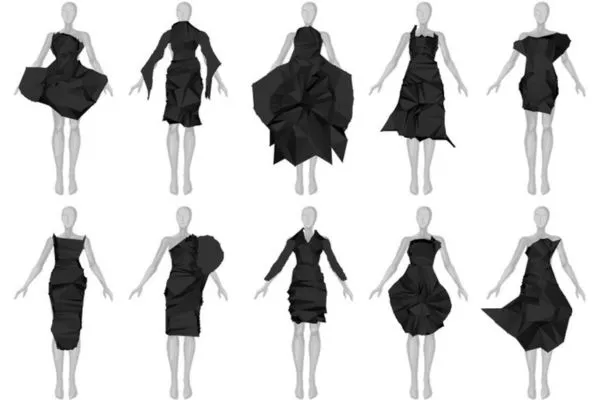
The concept development that contributes to the garment design process are:
- Selection of appropriate fabrics
Appropriate fabrics must be selected based on the garment design, use, and season.
Step 02: Research and Inspiration
The garment design process begins with the designer’s inspiration from culture or fashion trends. Research is a part of this step to collect information regarding the design, fabric types, and color pallets.

Step 03: Sketching
After that, the designer creates initial sketches of the garment. The step also involves the designer experimenting with colors and fabrics and designing collaboratively with the team. Sketching is possible through both manual and computerized methods.
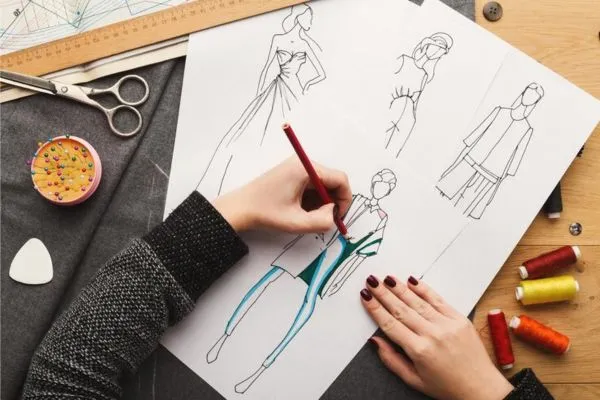
- Sketching and Drafting
It is the designer’s task to sketch the design on paper or computer to get the hard copy or digital version.
Step 04: Concept Adjustments
By taking feedback and considering the factors, the designer can adjust concepts and select the desired fabrics to implement the design.

Step 05: Technical Details
Technical details include measurements, construction of the pattern, and production of the garment through a blueprint.
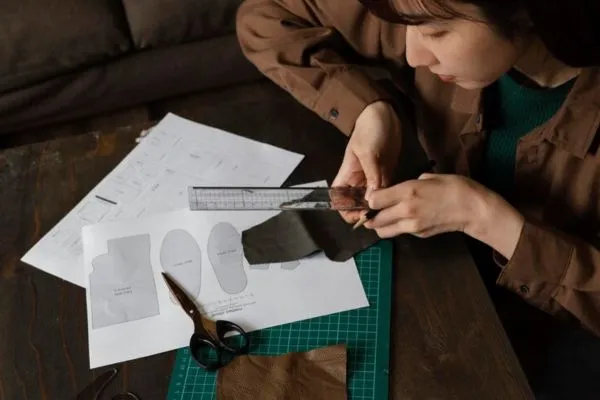
Pattern-Design: Second Stage
Step 06: Prototype Creation
To test the fit and functionality of the garment, the designer makes a prototype. They might also modify the design in response to suggestions from the prototype. Another name for it is the “sample-making process.”
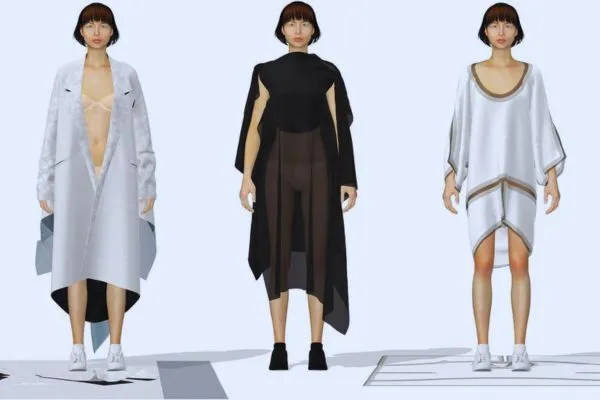
- Pattern Making
This technique is about making a pattern based on the design to get the blueprint for fabric cutting.
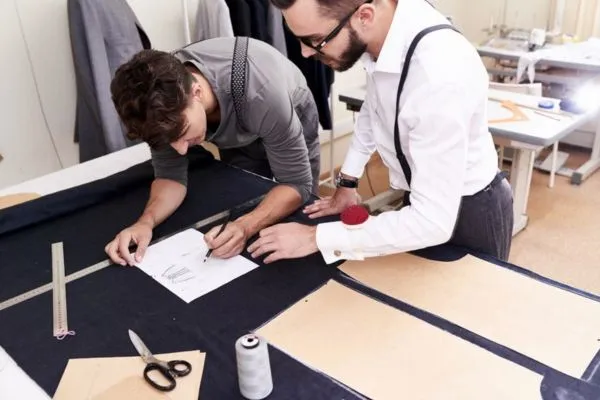
- Making of Sample
This is how a design becomes a reality when the designer makes a sample garment to test its fit, comfort, and overall functionality.
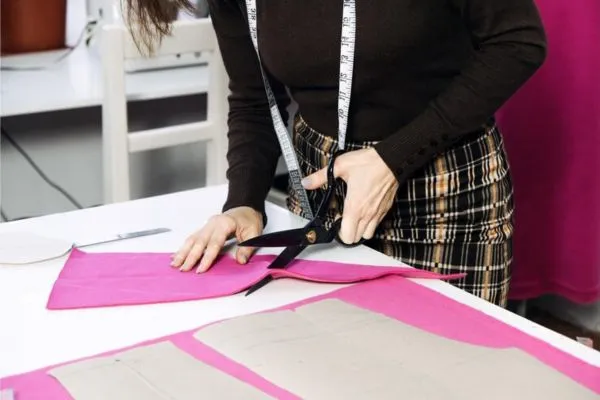
Production: Third Stage
Step 08: Finalizing the Concept
After the designer is satisfied with the concept, they work with the production team to discuss the design and prepare it for manufacturing.

Usually, the garment design process involves the bulk order from the client to get their preferences in reality, from concept development to sample-making and the end of the concept in the production of the garment.
Things to remember in the Garment Design Process
In any garment design, several considerations must be made to ensure the successful creation of garments. They are:
- Target Audience and Market
Before the garment design, it is essential to understand your target audience’s preferences and needs and whether the design resonates with their comfort.
- Functionality
The garment, which goes through the process, must serve the purpose of function in both a visually appealing way and for practicality.
- Fit and Proportions
A well-fitting garments come up with adjustments, comfort, and style.
- Market Trends
It is essential to be informed about current fashion trends and consumer preferences.
Conclusion
To sum up, the garment design process in the garment industry is complex, involving the integration of technical know-how, creativity, and meticulous attention to detail to realize fashion ideals. A careful balance between practicality, aesthetics, and market awareness is required throughout the intricate and iterative process that results in the finished product.
